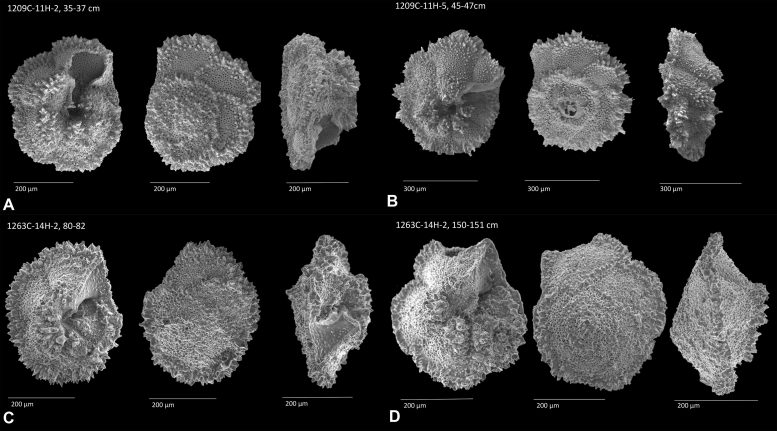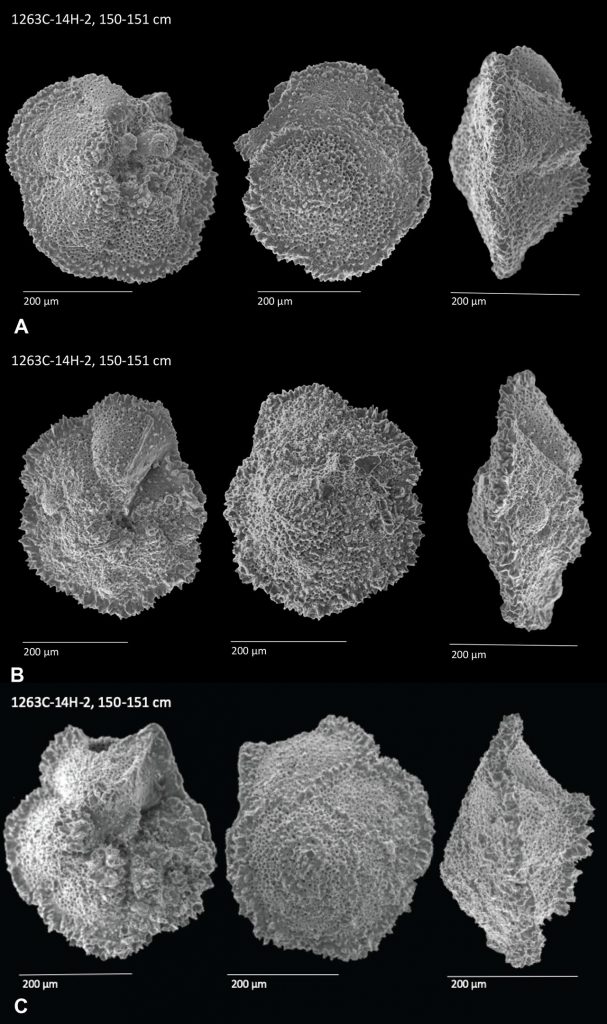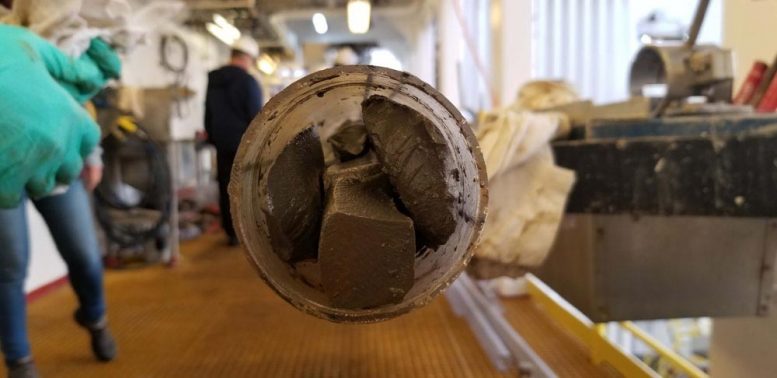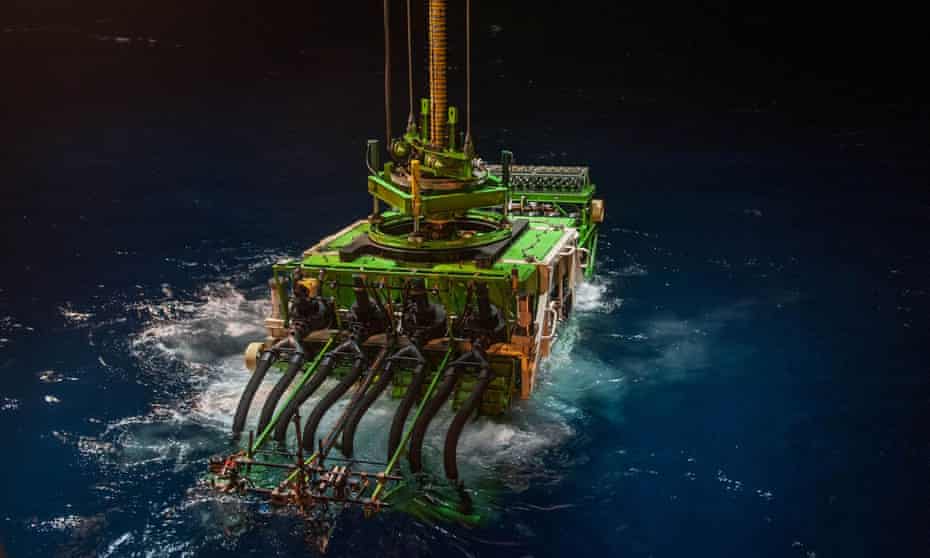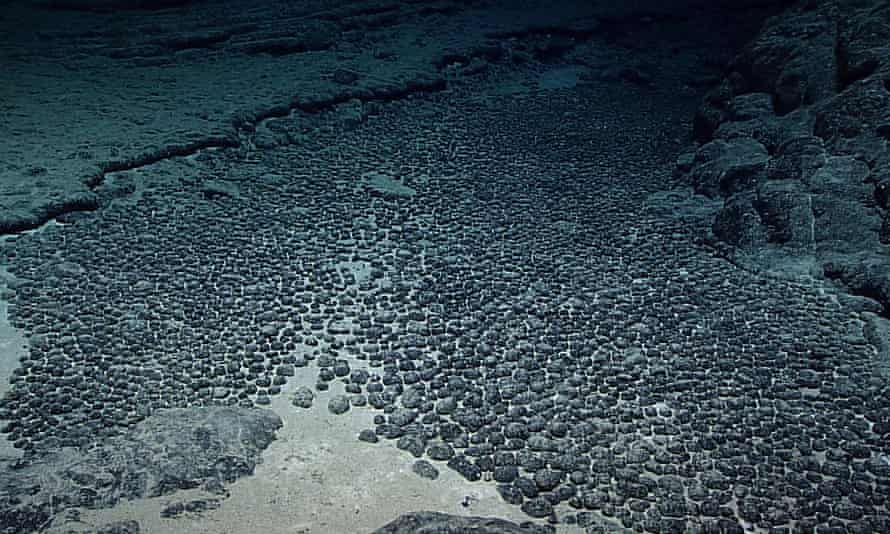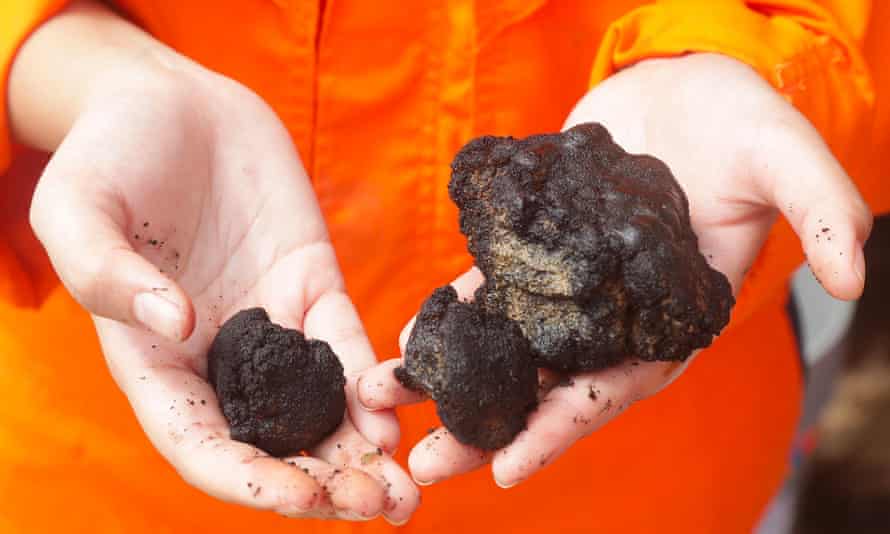Monopoly, but Make it Socialism

I watched my younger siblings scamper off, closing their bedroom doors behind them, before returning my gaze to the rubble at my feet —pseudo-cash, old-timey red tokens, and black chips with blue roses scattered without order or care on the living room floor. We had been playing Monopoly Socialism.
I felt glum. An hour ago, I had been corralling the two of them to test out my Christmas gift, eager to resurface the childhood glee of plotting their bankruptcy in a round of classic Monopoly, “the world’s favorite family board game.” Monopoly Socialism’s alternate premise fascinated me: instead of acquiring private property, the task was to build projects together, drawing from a shared Community Fund, in pursuit of a “socialist utopia.” But the game itself made the task feel silly. “Everyone in the Community loves your new podcast, Crapitalist,” my sister read aloud, placing a chip on the board. “Seems kind of nasty. Are they mocking the capitalist, or the socialist?” My brother drew the next card: “Your neighbor tells everyone they got food poisoning from your vegan meatloaf.” I wondered if vegan meatloaf had ever once crossed Marx’s mind. “All we’re doing is losing money,” my brother said, removing a chip and standing up to leave. “I’m bored.” Soon, I was left alone to fiddle with the abandoned game chips, to ask that silly cardboard how its politics had snuck its way into my leisure time.
Who the hell invented this game? I couldn’t sleep that night without an internet escapade. “It goes without saying that this game is entirely uninterested in trying to understand what socialism actually is and how it might function,” tweeted Rutgers University professor Nick Kapur. “A primer on socialism, by dipshits, for dipshits,” read another review. My questions about Monopoly Socialism turned to the politics of the Monopoly franchise. I found that while Monopoly’s parent company Hasbro credited the game’s genius to Charles Darrow, the man who sold them the rights in 1935, the idea could be traced farther back. A woman named Elizabeth “Lizzie” Magie, whose familiar sketches on my screen even included the crucial “go to jail” corner square, had patented The Landlord’s Game in 1903.
Magie’s Monopoly came with a purpose: to demonstrate the evils of wealth accumulation. She invented The Landlord’s Game after observing the world as a land-grabbing competition — to her, “the game of life” — where oil, steel, and railroad monopolists like Carnegie and Rockefeller got rich while most players remained poor. Inspired throughout her life by the economist Henry George, who proposed an early progressive “single tax” on land, Magie also imagined an alternate political system. “Lizzie created two sets of rules: an anti-monopolist set in which all were rewarded when wealth was created, and a monopolist set in which the goal was to create monopolies and crush opponents,” wrote researcher Mary Pilon. “Her vision was an embrace of dualism and contained a contradiction within itself, a tension trying to be resolved between opposing philosophies.”
Only the monopolist set sustained. No reference to the other is made in Monopoly’s goals today: Collect the cash. Conquer the land. Construct the houses. Conspire for others’ bankruptcy. For years my siblings and I have memorized them, internalized them, fought for our egos by their rules. During the game, if my sister got locked up? Excellent. If my brother suggested teamwork? Fool. Ethics? You kidding? Rich get richer, poor get poorer; it’s all part of the game. Anti-capitalist critique? Never heard of her. Magie died with little money or recognition; Darrow and Hasbro made millions. Hasbro’s spin-offs now extend far beyond Monopoly and Monopoly Socialism to include Monopoly Cash Grab, “Who can grab the most cash?”, Monopoly Cheater’s Edition, “What can you get away with?”, and Monopoly Plus, “Build your empire … animated by funny sidekicks.” Perhaps Hasbro — building squares of property toward its own monopoly of the board game market — also has an ego at stake. Its capitalist game was never a game at all.
For those who would condemn teaching children greed at school, mascot Rich Uncle Pennybags already does the job at home: for more than 1 billion players worldwide. For perspective, some estimate that globally there are 1.48 billion primary and secondary students. Monopoly has been schooling us (pun intended). Finding us sprawled across the floor in our most relaxed familial moments, Monopoly teaches us a lesson in cash and conquest. With some practice, we could incantate these ambitions in our dreams. Unchecked, we begin to wish we could incantate the same for our realities. We believe we participate in entertainment, not education; unknowingly, we become young capitalists-in-training. We can no longer imagine the thousand alternate possibilities for the world depicted in the game, and even less so for the world we live in.
I was probably eight years old when I started playing Monopoly. Since then, I’ve always associated the game with some good apolitical fun. Monopoly Socialism showed me otherwise: that even my favorite board games were not immune to capitalist logic. Without my Christmas gift this year, I may never have known of the class struggle to be waged — not on Wall Street or Capitol Hill but right in my own living room, starting with the tidied-up Monopoly set sitting innocently back on the shelf, while my siblings and I sat alienated from one another in our own rooms.
